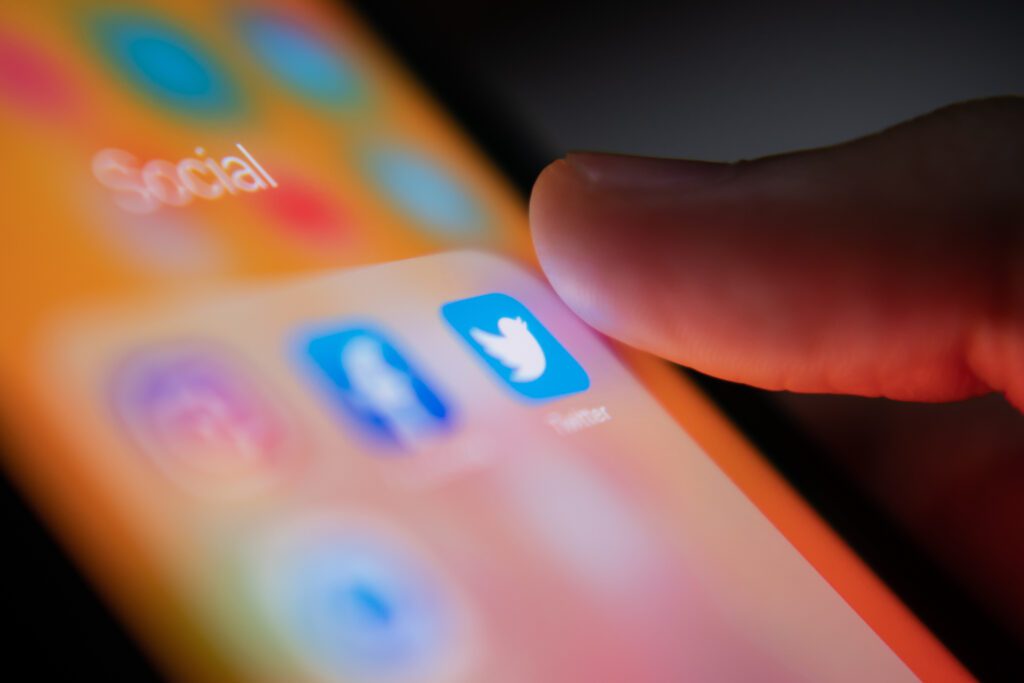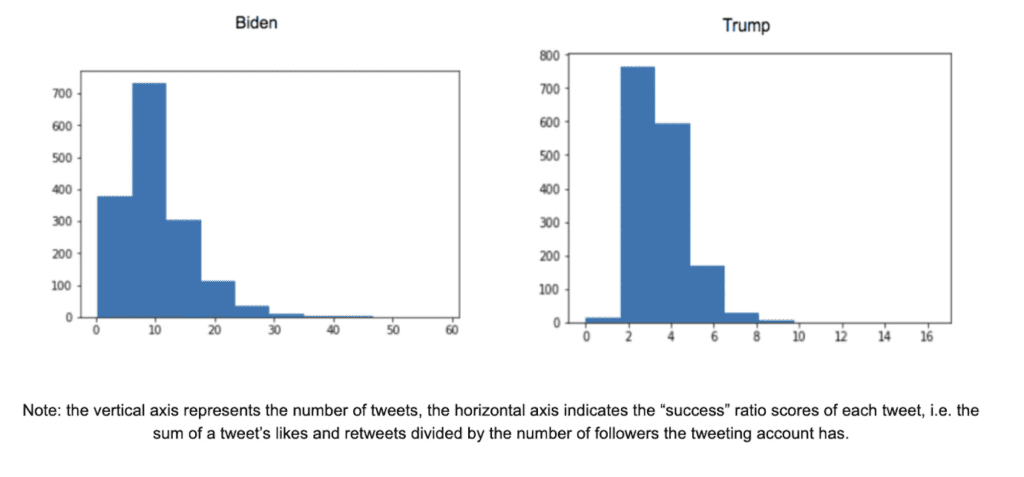Want to Up Your Twitter Game? Focus on Engagement
A look at how the candidates at the top of the ballot in 2020 used Twitter offers a window into what really translates to engagement on the platform.


Image Credit: Wachiwit
Despite Donald Trump’s current absence from Twitter, the former president is still widely recognized as the candidate who utilized the platform to drive engagement in ways not previously imagined in politics. Yet while Trump’s use of Twitter may have been novel during the 2016 race, data from the 2020 cycle tells a different story.
According to new research conducted by my company, SpeechifAI, it was then-candidate Joe Biden who had more success when it came to engagement. In fact, Biden’s tweets were on average three times more successful in generating follower engagement than Trump’s.
Our report analyzed 1,576 original tweets from each candidate in the fall of 2020 (in addition to looking at the tweets of other officeholders during the same period) and calculated a “success” metric for each tweet as the sum of each tweet’s likes and retweets divided by the account’s number of followers.
One major conclusion: Biden’s success on Twitter is both simple to understand and easily reproducible. Paying attention to the details of how tweets are crafted significantly helps in expressing a unique voice and engaging audiences.
The graph below represents the “tweet success” for Biden and Trump’s Twitter accounts across 2020.

First, when it comes to formatting, there are multiple examples of how small changes to a tweet’s structure, from capitalization and number of hashtags used, to even the number of punctuation marks, can be deployed to reach different audiences and better communicate different messages.
One way the report highlights this is in its comparison of the Biden and Trump datasets to two other datasets: one consisting of ~225,000 tweets from 453 members of Congress, and the other consisting of ~189,000 tweets from 454 international brands.
The four sets of tweets were analyzed over a range of 25 text feature variables such as punctuation, capitalization, and more. Ultimately, Trump’s tweets were shown to overlap in style with brands 54 percent of the time, while Biden’s tweets were shown to be similar in style to tweets from members of Congress 81 percent of the time.
This illustrates the different aims formatting achieves, with Trump and brand accounts being more willing to utilize features such as exclamation points and words in all caps with the goal of arousing a more emotional response from their audiences. Meanwhile, Biden and members of Congress generally took a more measured approach by both limiting their hashtag usage and utilizing proper punctuation to convey a greater sense of authority.
The key thing to note here is that in 2020 Biden didn’t strictly tweet like the average member of Congress and Trump didn’t strictly tweet like a consumer brand. Instead, both candidates used text features atypical of similar accounts to construct their own unique voices.
For instance, in the report’s analysis of tweet sentiment, Biden’s tweets were scored on average the most negative second only to Trump’s. With Congress members’ and brands’ tweets ranked much more positively, both Biden and Trump were more willing to employ negative sentiment to engage their audience, and according to the data, it led to more engagement overall.
Concurrently, when it comes to hashtag usage, both Trump and Biden understood their roles as “trendsetters” or significant influencers of events and dialogue, and therefore rarely used hashtags (both used on average 0.1 hashtags per tweet). Meanwhile, members of Congress, who are a hybrid of influencer and “trend-follower,” and brands that look to capitalize on existing trends, both had higher hashtag usage on average — 0.6 and 0.9 respectively.
Essentially, the findings underline how political figures are rewarded when they journey outside of their immediate peer group, understand what their unique voice is, and then utilize the formatting that best expresses that unique voice.
Michael Roach is the Content & Communications Lead at SpeechifAI, an embeddable digital platform that enables organizations and companies to create and manage digital campaigns & toolkits.
